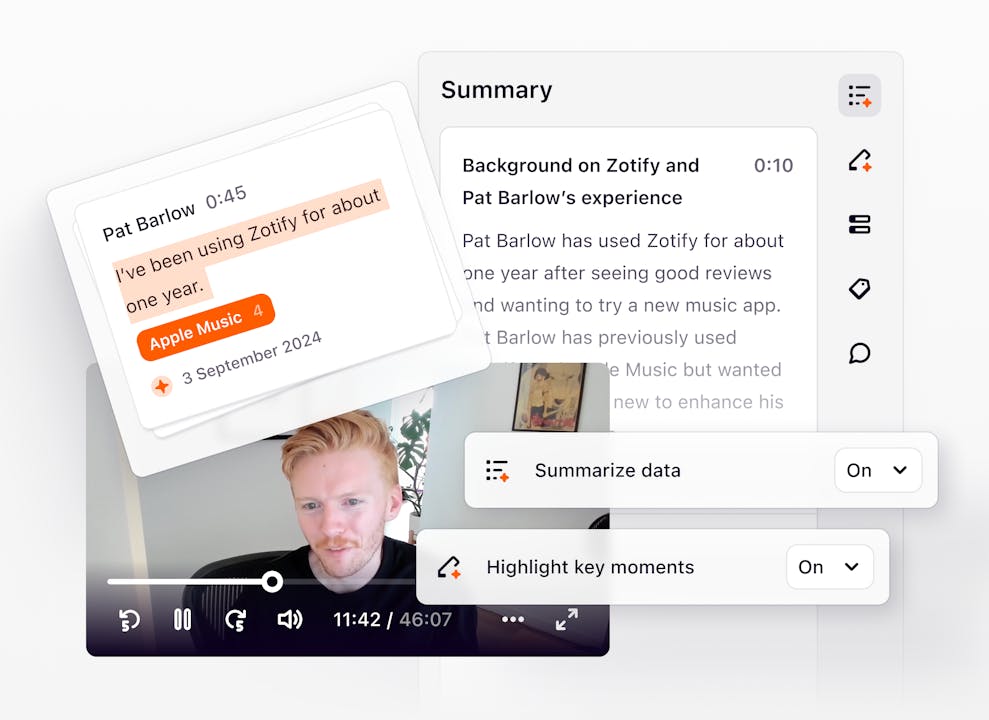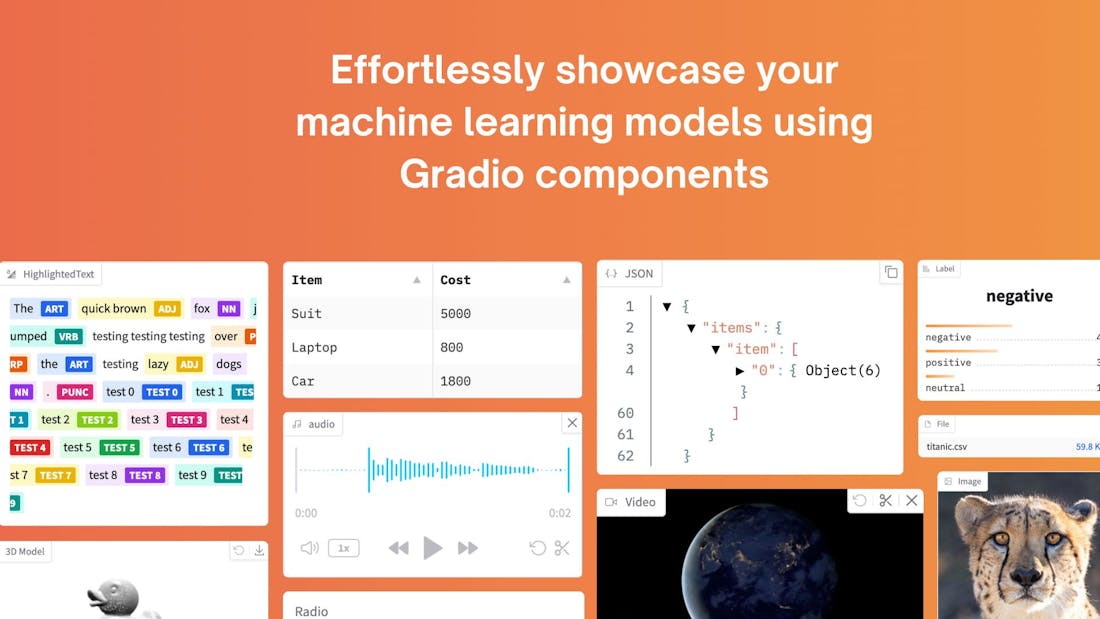- Superpower Daily
- Posts
- Is ChatGPT fair?
Is ChatGPT fair?
The New York Times warns AI search engine Perplexity to stop using its content
In today’s email:
🤫 Invisible text that AI chatbots understand and humans can’t? Yep, it’s a thing.
👀 Apple study exposes deep cracks in LLMs’ “reasoning” capabilities
🔥 Former Palantir CISO Dane Stuckey joins OpenAI to lead security
🧰 10 new AI-powered tools and resources. Make sure to check the online version for the full list of tools.



OpenAI recently conducted a study to evaluate fairness in ChatGPT, focusing on how the model's responses might differ based on subtle cues about user identity, such as their names. This research highlights the potential impact of cultural, gender, and racial associations carried by names, exploring how these can influence ChatGPT's responses across a wide range of tasks. Unlike traditional fairness research in AI, which often examines third-party impacts, such as in resume screening or credit scoring, this study centers on "first-person fairness," or how AI interacts directly with users. The goal is to ensure that while ChatGPT tailors its responses to user preferences, it does so without reinforcing harmful biases.
Using a language model research assistant (LMRA), OpenAI analyzed millions of ChatGPT interactions, focusing on whether different names led to responses reflecting stereotypes. The findings revealed that differences in response quality were rare, with name-based variations occurring in less than 1% of cases, most of which involved non-harmful tailoring of responses. Nevertheless, the study identified that older models, like GPT-3.5 Turbo, occasionally showed higher rates of harmful stereotypes, particularly in creative tasks like storytelling, while newer models showed improved fairness metrics.
OpenAI's research showed that biases were more pronounced in open-ended tasks, with longer responses more likely to include harmful stereotypes. However, the overall rate of stereotypical responses was low, averaging less than 1 in 1,000 across all domains. The research methods used provide a framework for tracking fairness over time and could be applied to other factors beyond names, such as languages and cultural contexts. OpenAI aims to use these insights to improve future iterations of their models, further mitigate biases, and enhance transparency in AI development.
The study also highlighted limitations, including its focus on English-language interactions, binary gender associations, and a small subset of races and ethnicities. OpenAI acknowledges these constraints and plans to expand the scope of fairness research to include more demographics and languages. By making their research methods and system messages available, OpenAI hopes to foster greater collaboration within the research community to collectively address the challenges of AI fairness.
Other developer tools can’t tell you how your codebase works and why. Unblocked can. We augment your source code with context from Slack, Confluence, Jira (and more), so your team gets helpful answers instantly.
Unblocked gives you:
Instant answers about every aspect of your codebase
Relevant, historical context for any file open in an IDE
A powerful Slack integration that answers questions in channels, removing interruptions to you
⌛Engineers who use Unblocked save an hour or more a day.
“Unblocked empowers every developer with the insight once reserved for the seasoned few. ” Mathew Spolin - SVP Engineering at AppDirect

The New York Times has issued a cease-and-desist notice to Perplexity, a generative AI startup backed by Jeff Bezos, demanding that it stop accessing and using its content without permission. The publisher claims that Perplexity's use of its articles to generate AI summaries violates copyright laws and unjustly enriches the company. The Times' letter highlights that Perplexity's practices are not respecting the website's guidelines that restrict content scraping. Similar concerns have been raised by other publishers, including Forbes and Condé Nast, accusing Perplexity of unauthorized use of their materials to generate AI results.
Perplexity, founded two years ago, aims to compete against Google's search dominance by offering AI-generated answers to user queries along with relevant sources and links. CEO Aravind Srinivas responded to the allegations by stating that the company is willing to work with publishers, including the Times, and has no intention of being antagonistic. Perplexity plans to respond formally to the Times by the deadline of October 30 and has expressed interest in negotiating terms that would satisfy both parties.
This conflict reflects the broader struggle between publishers and AI companies over the use of content in AI models and search services. Media outlets, like the New York Times, are concerned about the impact of AI-generated summaries on their business models, which rely on subscription and advertising revenues. The risk is that readers may opt to consume AI summaries instead of clicking through to the original articles, thus reducing traffic to publisher sites. Although Perplexity has completed a few agreements with other publishers, its terms have not been as attractive as the more lucrative licensing deals offered by larger players like OpenAI.
Perplexity has proposed to share up to 25% of its ad revenue with publishers whose content it uses. Despite this offer, media companies remain cautious, citing previous experiences where Perplexity continued using content even after promising to cease web crawling. The startup has also faced accusations from Forbes of producing summaries that closely mirrored original articles, further exacerbating concerns over copyright infringement.

Adobe has unveiled a set of experimental AI tools that could transform how creators work with animation, image generation, and video editing. Previewed at Adobe's MAX conference as part of its "Sneaks" program, these projects aim to simplify complex content creation tasks, allowing users to achieve professional results without deep expertise. The showcased tools include "Project Scenic," "Project Motion," and "Project Clean Machine," each designed to automate traditionally tedious processes while providing enhanced creative control.
"Project Scenic" introduces a way to generate entire 3D scenes using Adobe's Firefly model, giving users control over specific elements like adding, moving, and resizing objects. Once the scene is complete, it serves as a blueprint for creating a corresponding 2D image, providing a seamless connection between 3D and 2D mediums. "Project Motion," another notable tool, aims to simplify animation by allowing users to create animated graphics in two stages: a basic animation builder followed by a transformation phase, where text descriptions and reference images can be used to refine the animation's look and feel.
Another interesting AI project, "Project Clean Machine," focuses on enhancing video and image quality by removing distracting elements like camera flashes or people inadvertently walking into the frame. This tool works like a highly advanced content-aware fill, ensuring that even when unwanted elements are removed, color and lighting remain consistent. Adobe's Sneaks are designed to gauge public interest, and while these tools are not yet available for public use, they reflect the company's ongoing efforts to make creative processes more accessible.
These experimental AI features demonstrate Adobe's push to streamline content creation and enhance the power of its Creative Cloud suite. With the potential to simplify animation, image generation, and video editing, these tools could significantly reduce the barriers to high-quality creative production, enabling more people to turn their ideas into polished results without requiring extensive time or expertise.
Other stuff
Invisible text that AI chatbots understand and humans can’t? Yep, it’s a thing.
Apple study exposes deep cracks in LLMs’ “reasoning” capabilities
Former Palantir CISO Dane Stuckey joins OpenAI to lead security
An app that builds itself, with one click.
Anyone Can Turn You Into an AI Chatbot. There's Little You Can Do to Stop Them
Anthropic just made it harder for AI to go rogue with its updated safety policy
TikTok Lays Off Hundreds of Staff—to Replace Them With AI
OpenAI just introduced MLE-bench, a new benchmark designed to evaluate how well AI agents perform on real-world machine learning engineering tasks
Writer RAG tool: build production-ready RAG apps in minutes
RAG in just a few lines of code? We’ve launched a predefined RAG tool on our developer platform, making it easy to bring your data into a Knowledge Graph and interact with it with AI. With a single API call, writer LLMs will intelligently call the RAG tool to chat with your data.
Integrated into Writer’s full-stack platform, it eliminates the need for complex vendor RAG setups, making it quick to build scalable, highly accurate AI workflows just by passing a graph ID of your data as a parameter to your RAG tool.
All your ChatGPT images in one place 🎉
You can now search for images, see their prompts, and download all images in one place.


Napkin turns your text into visuals so sharing your ideas is quick and effective.

chunkr·ai - API to convert documents into RAG & LLM-ready data.

ClipbookLM - Put in a long YouTube video and we will give you the best moments

Director Mode by Wondercraft - Fine-tune and direct AI voices through prompts

Code2.AI - Turn your ideas into code in minutes
Dovetail 3.0 - The AI-first customer insights hub

Gradio 5.0 - The easiest way to build AI web apps

LLMWare - Dev tool to make AI apps to deploy privately or locally

Audeus - Read Aloud PDFs, GDocs, Email, & More

Effortlessly craft a eulogy in minutes.



How did you like today’s newsletter? |
Help share Superpower
⚡️ Be the Highlight of Someone's Day - Think a friend would enjoy this? Go ahead and forward it. They'll thank you for it!
Hope you enjoyed today's newsletter
Did you know you can add Superpower Daily to your RSS feed https://rss.beehiiv.com/feeds/GcFiF2T4I5.xml
⚡️ Join over 200,000 people using the Superpower ChatGPT extension on Chrome and Firefox.
OR


